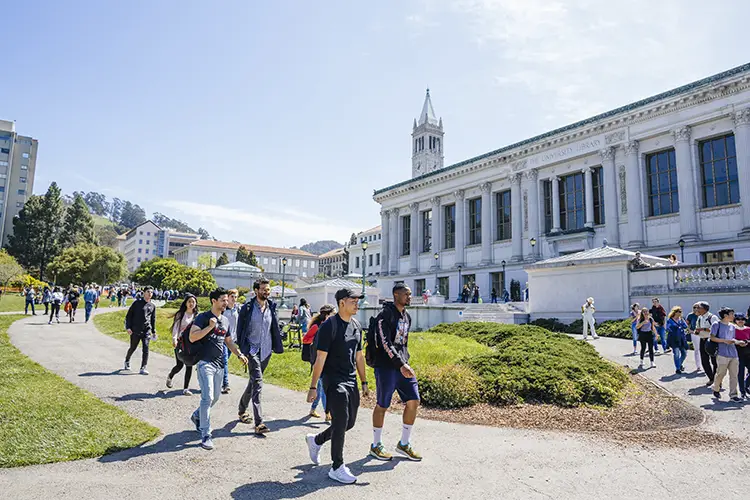The increasing support for public colleges is contributing to slow growth of student loan debt across the country, a new The Institute for College Access & Success (TICAS) report revealed.
Titled Student Debt and the Class of 2018, the report found 65 percent of college seniors who graduated from public and private non-profit colleges in 2018 owed $29,200 in average student loan debt, which is 2 percent higher than the debt levels in 2017.
Overall the debt load is growing at a slower pace due the greater state and local support for public colleges that enrol more than half of the undergraduates. State funding to public colleges improved by $1,150 between 2012 and 2016 which lead to decrease in student borrowing by $500.
“The growth in student loans has slowed in recent years as states have invested more in public colleges, but millions of students continue to struggle with their debts,” said executive vice president Debbie Cochrane.
Student debt is negatively affecting black students, first-generation college students, and students from low-income families, who are mostly likely to default on their loans few years after graduation. Nearly 21 percent of black students defaulted on their loans within 12 years of attending college, while graduates from lower income families are five times as likely to default as their higher income peers.
States with high debt levels are concentrated in north-eastern part of the country, while the low-debt states are mainly located in the west. Out of the total debt load in the states with high debt levels, 31 percent was borrowed from non federal sources like private lenders, states, or schools
“Colleges, states, and the federal government all have an important role to play in reducing the burden of student debt to increase equity in college opportunity,” Cochrane said.
The report called on federal government to make investments that will lead to increase in state funding for public higher education, Pell grants and make repaying student loans easier while state governments were asked to improve data systems and shift from merit-based aid to need-based aid. It also urged federal government to collect private student loan data to ensure comprehensive data on debt balances and burdens.
https://thecollegepost.com/utah-state-low-student-debt/



